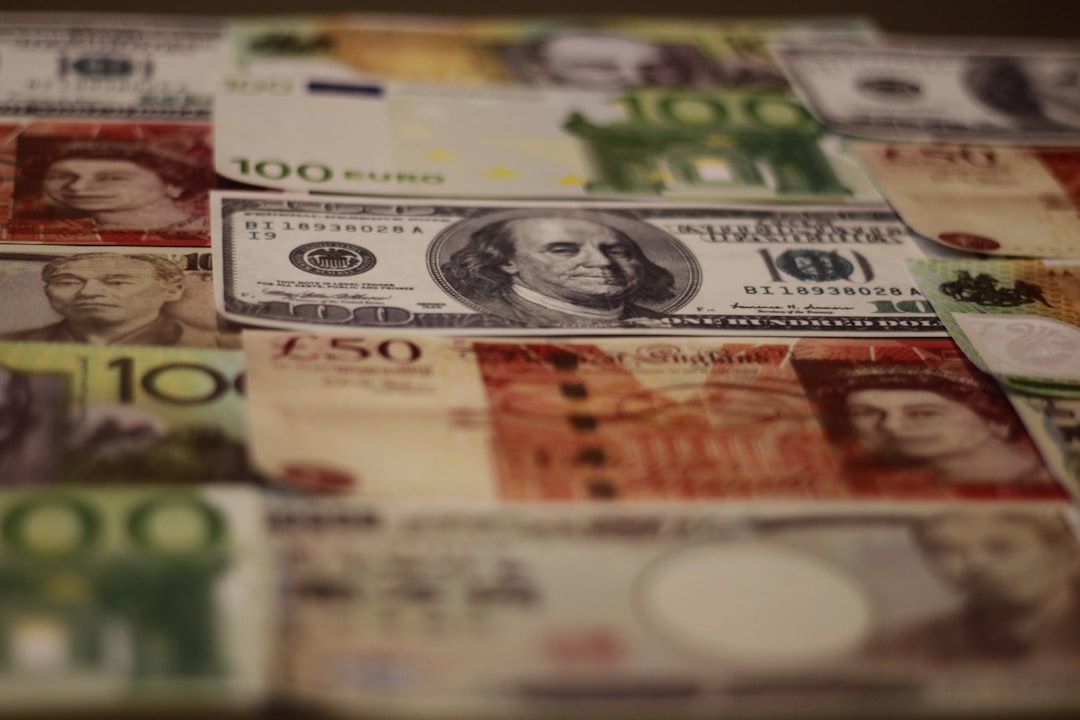body { font-family: sans-serif; line-height: 1.6; }
h1, h2, h3 { color: #333; }
h1 { font-size: 2.5em; }
h2 { font-size: 2em; }
h3 { font-size: 1.5em; }
The global steel market is a complex ecosystem, intricately woven with international trade, fluctuating demand, and the ever-shifting landscape of foreign currency exchange rates. Understanding how foreign currency impacts steel pricing is crucial for businesses involved in the import, export, or even domestic production of steel. This comprehensive guide delves into the key aspects of this dynamic relationship, providing insights into managing the inherent risks and opportunities.
The Impact of Exchange Rate Fluctuations on Steel Prices
The price of steel, like most internationally traded commodities, is typically quoted in a specific currency, often the US dollar. However, businesses operating outside the US face the challenge of converting these prices into their local currency. Fluctuations in exchange rates directly influence the final cost of steel. A strengthening US dollar against a buyer’s local currency means that the steel becomes more expensive, potentially impacting profitability and competitiveness. Conversely, a weakening US dollar makes steel imports cheaper, potentially increasing demand. These fluctuations can be significant, particularly for emerging markets with volatile currencies. Careful monitoring of exchange rates is therefore essential for effective price forecasting and risk management.
Hedging Strategies to Mitigate Currency Risk
Given the inherent volatility of foreign exchange markets, businesses involved in international steel trade often employ hedging strategies to mitigate currency risk. These strategies aim to lock in a specific exchange rate for future transactions, reducing the uncertainty associated with price fluctuations. Common hedging tools include forward contracts, futures contracts, and options. Forward contracts guarantee a specific exchange rate on a future date for a set amount of currency. Futures contracts are similar but traded on an exchange. Options provide the right, but not the obligation, to buy or sell currency at a specific rate within a certain timeframe. The choice of hedging strategy depends on the business’s risk tolerance, the size and timing of transactions, and the forecast for exchange rate movements. Expert advice from financial professionals is often invaluable in selecting the most appropriate strategy.
Navigating Import and Export Implications of Foreign Currency Pricing
The complexities of foreign currency pricing are particularly pronounced in the context of steel import and export. Importers face the risk of increased costs if their local currency weakens against the currency of the steel supplier. Conversely, exporters benefit from a strong local currency, as their steel becomes more competitive in international markets. Understanding the nuances of import duties, tariffs, and other trade regulations further complicates the picture. These factors, combined with exchange rate fluctuations, necessitate meticulous planning and accurate forecasting for both importers and exporters to ensure profitability and maintain a competitive edge. Detailed analysis of market conditions and potential future scenarios is crucial for effective decision-making.
Analyzing Steel Price Trends and Forecasting Future Movements
Predicting future steel prices in foreign currency requires a comprehensive understanding of various macroeconomic and microeconomic factors. These include global supply and demand dynamics, the economic health of major steel-consuming nations, technological advancements in steel production, government policies (including trade restrictions and subsidies), and, of course, the prevailing exchange rates. Analyzing historical price data, using statistical models, and consulting industry experts are all important components of an effective forecasting process. However, it’s crucial to acknowledge that accurate forecasting is challenging, given the numerous interrelated factors influencing steel prices. A robust risk management framework should account for the inherent uncertainties in price predictions.
The Role of Contracts and Payment Terms in Managing Currency Risk
The structure of contracts and payment terms plays a significant role in managing currency risk in steel transactions. Contracts can specify the currency in which the steel is priced, and payment terms can dictate the timing of payments. For instance, using a currency with lower volatility might partially mitigate exchange rate risks. Furthermore, agreeing on payment schedules that align with the business’s hedging strategy can further enhance risk management. Clearly defined contracts with detailed specifications regarding pricing, payment terms, and dispute resolution mechanisms are essential for minimizing potential financial losses arising from currency fluctuations. Seeking legal counsel to ensure the contract is robust and legally sound is highly recommended.
In conclusion, navigating the complexities of steel pricing in foreign currency requires a multifaceted approach. A deep understanding of exchange rate dynamics, effective hedging strategies, and meticulous contract negotiation are all crucial for mitigating risks and maximizing profitability in the global steel market. Continuous monitoring of market trends and proactive risk management are essential for businesses to thrive in this dynamic environment.
SEO Tags:
- Steel pricing
- Foreign currency exchange
- Steel import export
- Currency hedging strategies
- Commodity trading risk




